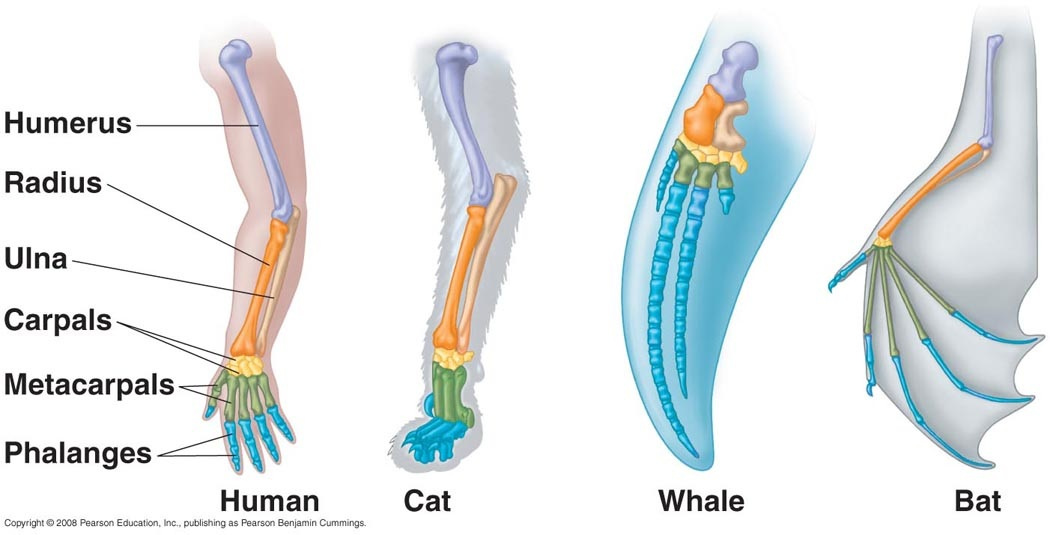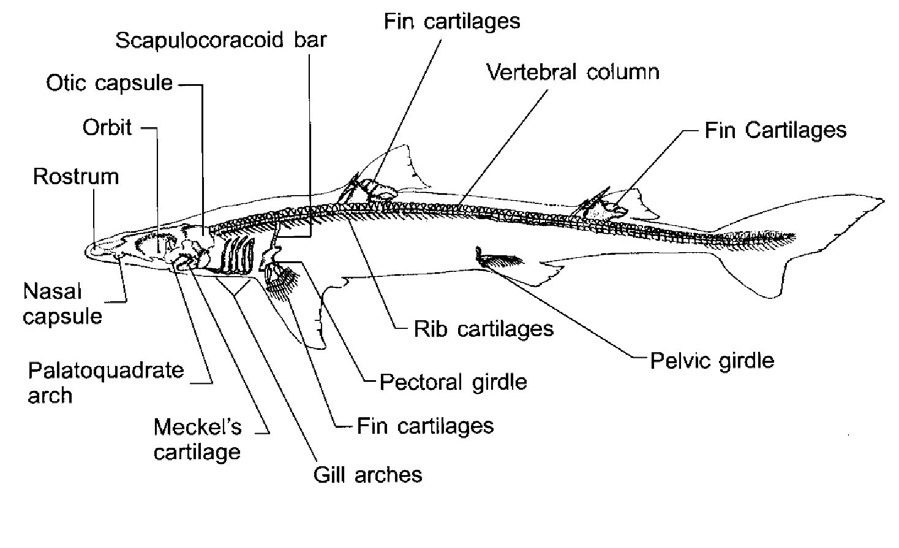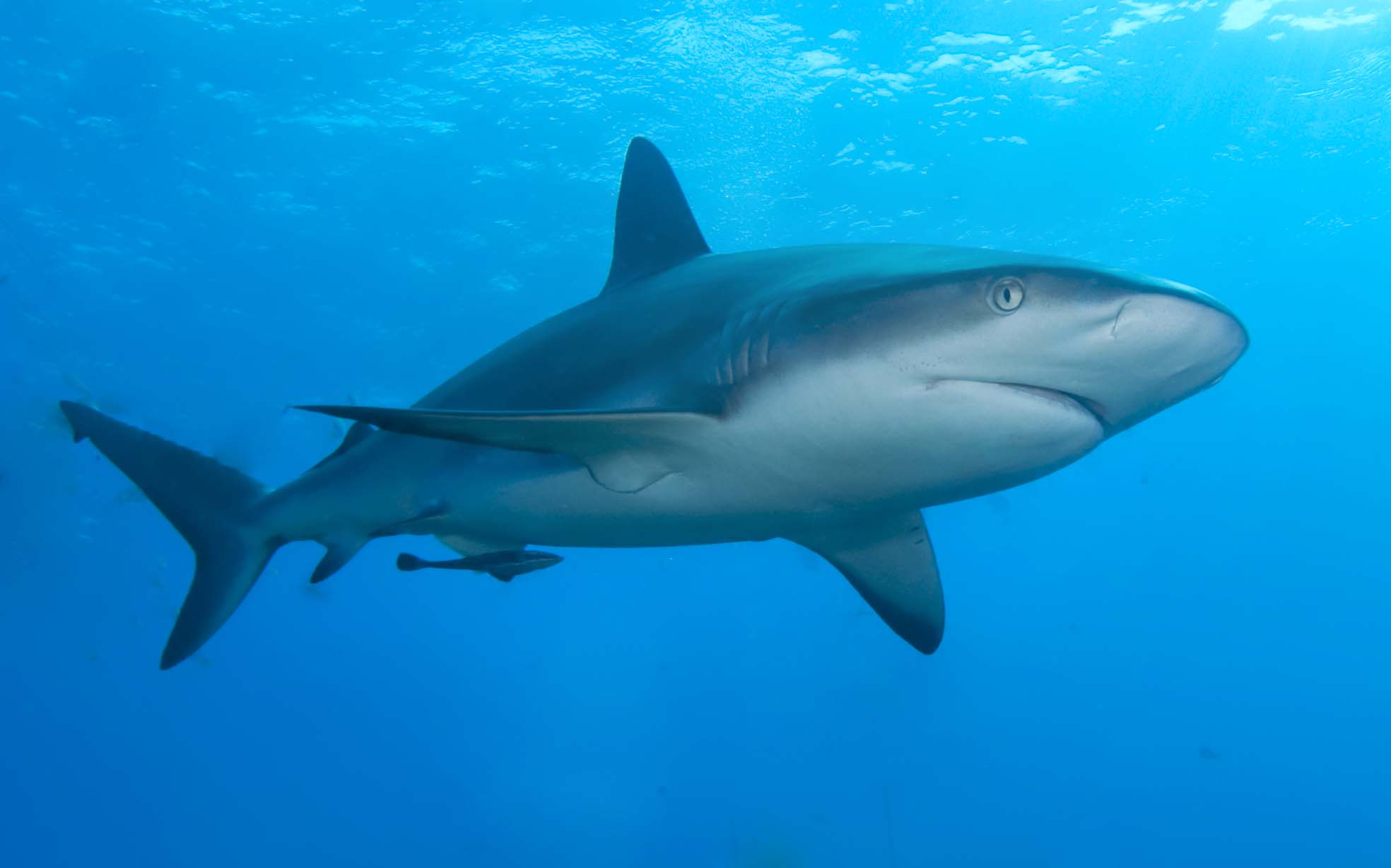B. The humans hand has the carpal bones (wrist bones), the metacarpals (palm of your hand), and the phalanges (or fingers). the human hand is used mainly for grasping objects. the whale has these exact same bones but shaped differently to the form of its fins. the fins on a whale help it to maneuver the it self in the water.
C. The common ancestor of the whale and human was the vertebrata
D.


2. A. sharks, the predators of the see and whales the gentle giants of the ocean.
B. Whales have a bone structure similar to the human hand in their fins. they use the fins to maneuver around in the ocean. Sharks on the other hand don't have bones in their fins they have cartilage which is flexible and durable. they use their fins for the same reason whales do, to maneuver in the water
C. The common ancestor of the whale and human was the vertebrata
D.



Greetings Zack. Whales are one of my favorite animals so I was delighted to see your diagrams of whale anatomy. However, I didn't see the words analogous or homologous in your post. This confused me a bit because I was looking for those key words in your explanations of the similarities and differences of traits. I hope to see more of your work in the weeks to come.
ReplyDeleteCat has a point. When an assignment focuses on a certain set of topics, it is probably a good idea to use those terms in your post, if only to clarify which section applies to which topic.
ReplyDeleteA little thin on your description of your homologous species pairing. Are there humans that don't live on land and whales that don't live in the water? Expand.
Okay on your discussion on the similarities and differences in your homologous traits, but again, don't be afraid to expand your explanations to provide a clear picture for your reader.
'Vertebrata' is not a specific organism but a classificatory grouping comprised of those with vertebral columns. This is a very broad grouping and includes fish and eels who don't have limbs. The assignment asks you to consider the likely general common ancestor and demonstrate that they possessed this trait, as part of the requirement for homologous status. Humans and whales are both mammals, so their common ancestor would have been an archaic mammal who possessed that early mammalian limb structure and passed it onto these two descendant species. That explains their similarities via common descent and confirms that these are homologous traits.
Again, expand your descriptions and explanation for your analogous pairings.
Same problem with the use of the term 'vertebrata'. See above. The question is, did the trait in question arise from that common ancestor or did it evolve independently in at least one of the organisms? In this case, the common ancestor was a fish, so it is likely that the modern shark did inherit its fin structure from that common ancestor. But did the dolphin? Dolphins are mammals and inherited their archaic limb structure from land mammals before moving to the aquatic environment and adapting the structure as a result. This occurred long after the split from the common ancestor with the shark. This is what we need to know to confirm that the dolphin developed its structures independently from the common ancestor with the shark and that these structure are analogous.
Good images.